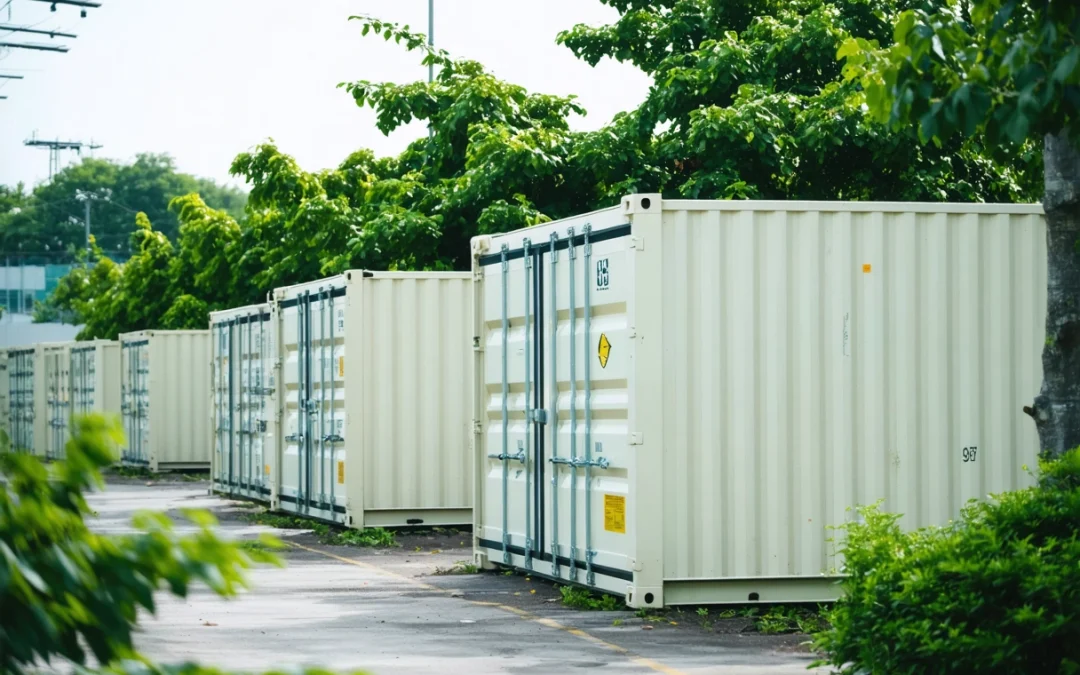Building Sustainably: The Environmental Benefits of Using On-site Storage Containers on Construction Sites
The construction industry is undergoing a significant transformation as environmental concerns become central to planning and execution. Sustainable building practices are now a priority, not only to comply with regulations but also to minimize the ecological footprint of construction projects. One often overlooked yet profoundly impactful strategy involves the use of on-site storage containers for materials, tools, and equipment. These containers, typically repurposed shipping units, are redefining job site logistics and sustainability. In this comprehensive post, we delve deep into the environmental advantages of using on-site storage containers on construction sites, uncovering how they contribute to greener, more efficient building projects.
From reducing waste and emissions to supporting resource conservation and sustainable site management, on-site storage containers are at the forefront of eco-friendly construction. Whether you’re a project manager, contractor, architect, or sustainability enthusiast, understanding these benefits is essential for making informed, responsible choices that shape the future of the built environment.
The Role of On-site Storage Containers in Modern Construction
On-site storage containers are portable, secure units used to store construction materials, tools, and equipment directly at the job site. Traditionally, construction sites relied on temporary sheds or off-site storage facilities, both of which have significant drawbacks in terms of logistics, security, and sustainability. Modern containers, often repurposed from the shipping industry, bring a new level of organization and efficiency to construction projects.
These containers are engineered to withstand harsh weather conditions, provide theft protection, and offer modularity for various site layouts. Their growing adoption is not just a matter of convenience but also a deliberate strategy to support sustainable building practices and reduce the negative impacts traditionally associated with construction activities.
Minimizing Material Waste Through Secure On-site Storage
Material waste is one of the most pressing environmental issues on construction sites. According to the United States Environmental Protection Agency’s guide on sustainable management of construction materials, construction and demolition activities generated over 600 million tons of debris in the US alone in 2018. Inefficient storage and handling are significant contributors to this staggering figure.
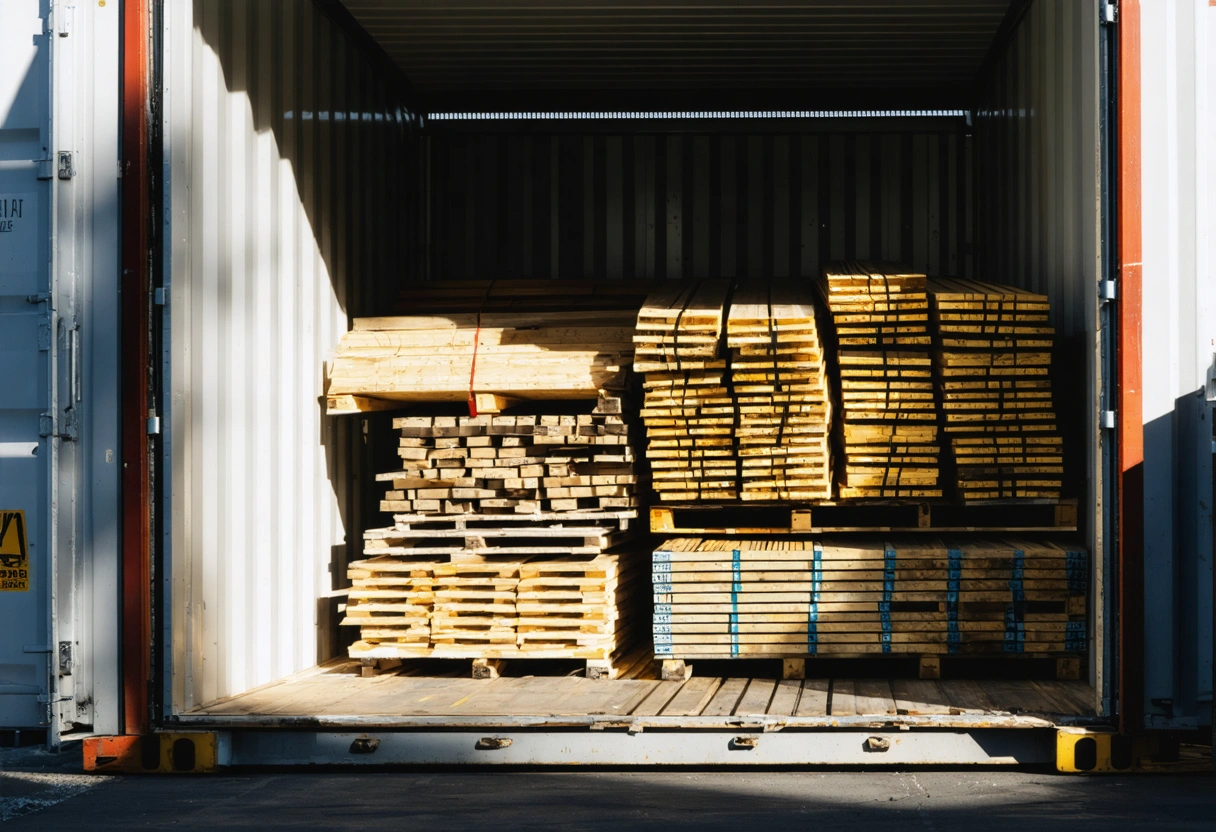
On-site storage containers play a pivotal role in reducing material waste by protecting resources from theft, vandalism, and weather-related damage. With secure, weatherproof containers, contractors can store valuable materials like lumber, steel, insulation, and fixtures safely, reducing the likelihood of them being spoiled by rain, wind, or temperature extremes. This not only preserves material integrity but also prevents the need for costly and wasteful replacements.
Moreover, organized storage enables better inventory management. Workers can easily locate and retrieve items, minimizing accidental damage or loss due to mishandling or misplacement. As a result, fewer materials are wasted on-site, and the overall resource efficiency of the project is significantly improved.
Reducing Transportation Emissions and Site Traffic
Frequent transportation of materials and equipment between off-site facilities and construction sites is a common practice that generates substantial carbon emissions, increases fuel consumption, and contributes to traffic congestion. By integrating on-site storage containers, construction projects can reduce the frequency of deliveries and pickups, leading to notable environmental gains.
Storing materials on-site reduces the need for daily or weekly shipments. This, in turn, cuts down on vehicle emissions, as well as wear and tear on local infrastructure. According to the U.S. Department of Transportation’s climate change resources, transportation is a leading source of greenhouse gas emissions. Reducing site traffic through effective on-site storage is a simple yet powerful way to help mitigate these impacts.
Additionally, minimizing vehicle movement on and around the site decreases the risk of soil compaction, dust generation, and disruption to local ecosystems. With fewer trucks and vans traversing the area, the project maintains a cleaner, less intrusive presence in the surrounding community.
Supporting Material Reuse and Circularity
A core principle of sustainable construction is embracing the circular economy, where materials are reused, refurbished, and recycled to extend their lifecycle and reduce pressure on natural resources. On-site storage containers are exceptionally well-suited to support this approach.
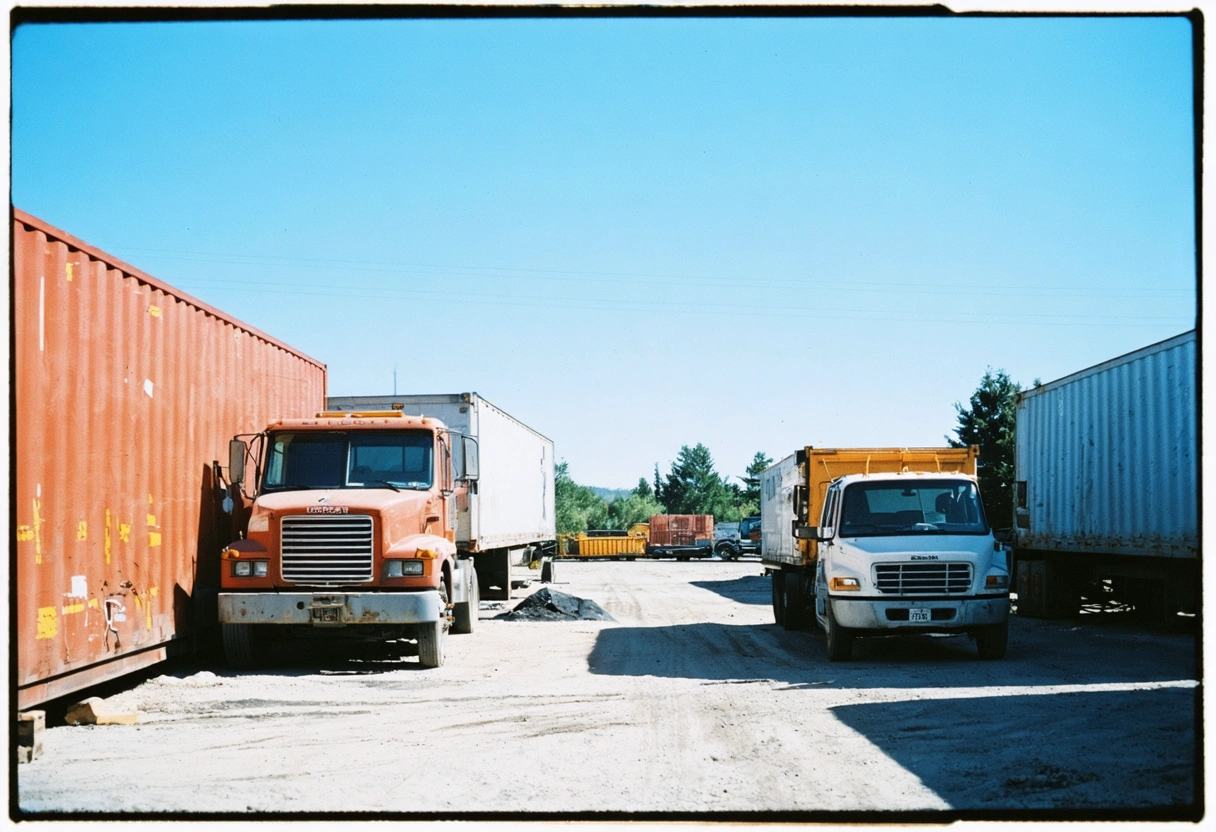
During construction, certain materials and fixtures may be temporarily removed, then reinstalled or repurposed elsewhere on-site. Containers provide a safe, organized space to store these items, protecting them from damage and contamination. For example, doors, windows, tiles, and hardware can be carefully cataloged and preserved, rather than discarded or exposed to the elements.
At the end of a project, leftover or reclaimed materials can be stored in containers for future use or recycling, rather than being sent directly to landfills. This practice not only diverts waste but also saves money and resources in subsequent projects. By facilitating the reuse and recycling of construction materials, on-site storage containers become an integral part of the circular economy strategy for the industry.
Energy Efficiency and Resource Conservation
Unlike traditional temporary storage sheds, which often require new materials for construction and may be discarded after a single use, on-site storage containers are typically repurposed shipping units designed for reuse. This inherently supports resource conservation and reduces the demand for virgin materials.
Additionally, the deployment of containers can be optimized to minimize the number of units required, ensuring that space and materials are used efficiently. Containers can even be fitted with energy-efficient lighting and climate control systems, powered by renewable energy sources like solar panels, further reducing the project’s overall energy footprint.
Many contractors are now incorporating energy-efficient practices for construction sites by using modified containers that support sustainable site operations. These adaptations may include insulated walls, natural ventilation, and advanced security features that do not rely on grid electricity, helping to conserve both energy and resources.
Mitigating Environmental Impact on Local Ecosystems
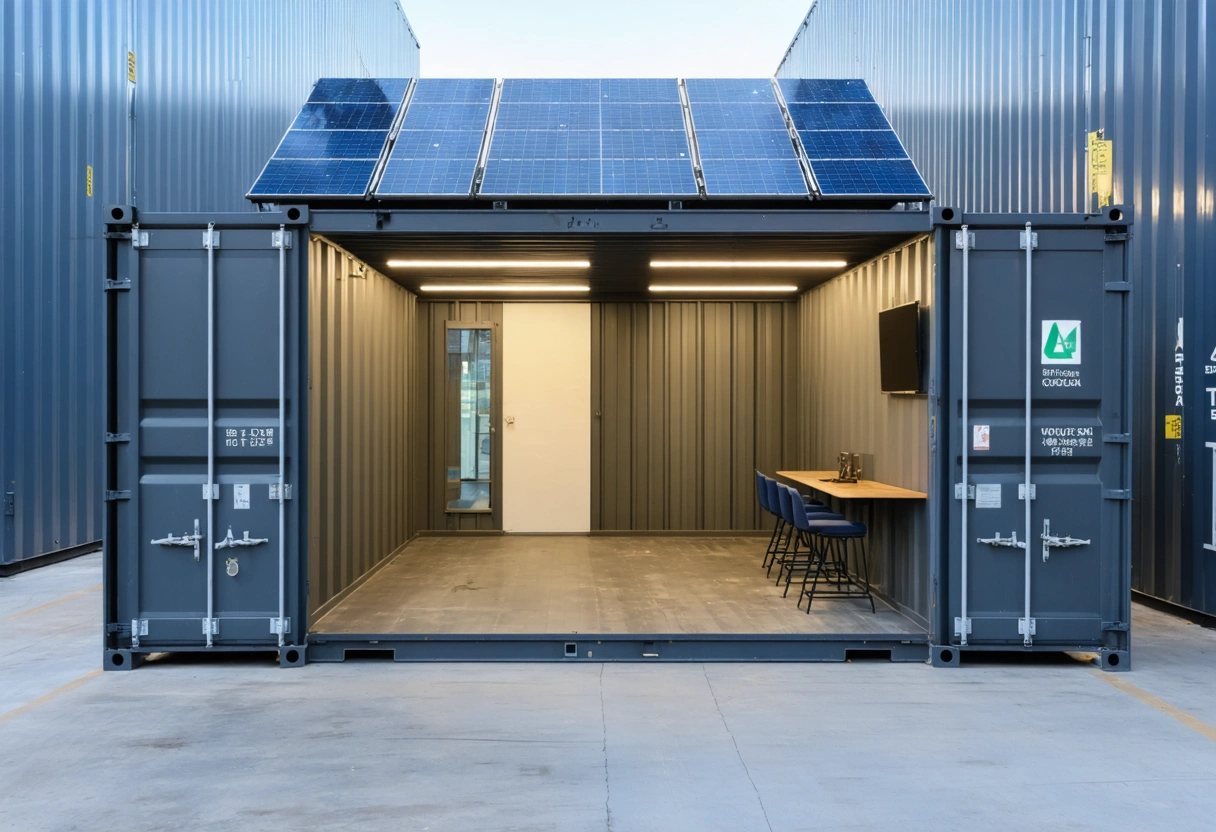
Construction activity can have profound effects on local ecosystems, from soil erosion and water runoff to habitat disruption and pollution. On-site storage containers help mitigate these impacts in several ways.
First, by consolidating materials and equipment in a single, secure location, containers reduce the overall site footprint and minimize the area of disturbance. This allows more of the land to remain undisturbed, preserving native vegetation and wildlife habitats. The containment of hazardous materials (such as paints, solvents, or fuels) within weatherproof containers also greatly reduces the risk of spills and contamination, protecting nearby waterways and soil from pollution.
Furthermore, the modular design of storage containers allows them to be placed on temporary foundations or supports, avoiding permanent alterations to the landscape. After project completion, containers can be removed with minimal lasting impact, allowing for easier site restoration and rehabilitation.
Enhancing Site Safety and Reducing Accidents
While safety may not seem like an environmental issue at first glance, reducing accidents and improving site organization has direct and indirect ecological benefits. Cluttered, disorganized sites are more likely to experience spills, material mishandling, and emergency incidents that can result in environmental harm.
On-site storage containers help maintain a tidy, organized workplace, with clear zones for storing hazardous and non-hazardous materials. This reduces the likelihood of accidental spills, improper disposal, or contamination events. Enhanced security features also deter unauthorized access, reducing the risk of theft, vandalism, and associated environmental hazards.
By improving overall site safety and organization, storage containers contribute to a culture of responsibility and environmental stewardship among workers, fostering practices that protect both people and the planet.
Facilitating Sustainable Project Management and LEED Certification

Many construction projects now pursue certifications such as LEED (Leadership in Energy and Environmental Design) to demonstrate their commitment to sustainability. The use of on-site storage containers can play a supporting role in achieving these certifications by contributing points in areas like waste reduction, material reuse, and construction activity pollution prevention.
For project managers and clients aiming to meet rigorous sustainability standards, containers offer a practical tool for tracking materials, supporting responsible sourcing, and ensuring compliance with environmental regulations. Documentation of storage and waste management practices is essential for certification processes, and the controlled environment provided by containers simplifies record-keeping and reporting.
By integrating storage solutions with broader sustainability goals, construction teams can streamline certification efforts and enhance their reputation as leaders in green building.
Promoting the Repurposing and Recycling of Containers
An often-overlooked benefit of using on-site storage containers is their own sustainability story. Many containers are repurposed from the shipping industry, giving them a second life and diverting large quantities of steel from the scrap heap. After completing their service on construction sites, containers can be further reused or recycled, embodying the principles of resource efficiency and waste minimization.
Innovative projects have even transformed retired storage containers into affordable housing, offices, or community facilities, illustrating the vast potential for upcycling. This lifecycle approach aligns with the recycling and reuse principles in architecture, showcasing how temporary site infrastructure can have a lasting, positive impact beyond the construction phase.
By choosing containers over disposable, single-use storage solutions, construction professionals are supporting a market for durable, adaptable products that keep valuable materials in circulation and out of landfills.
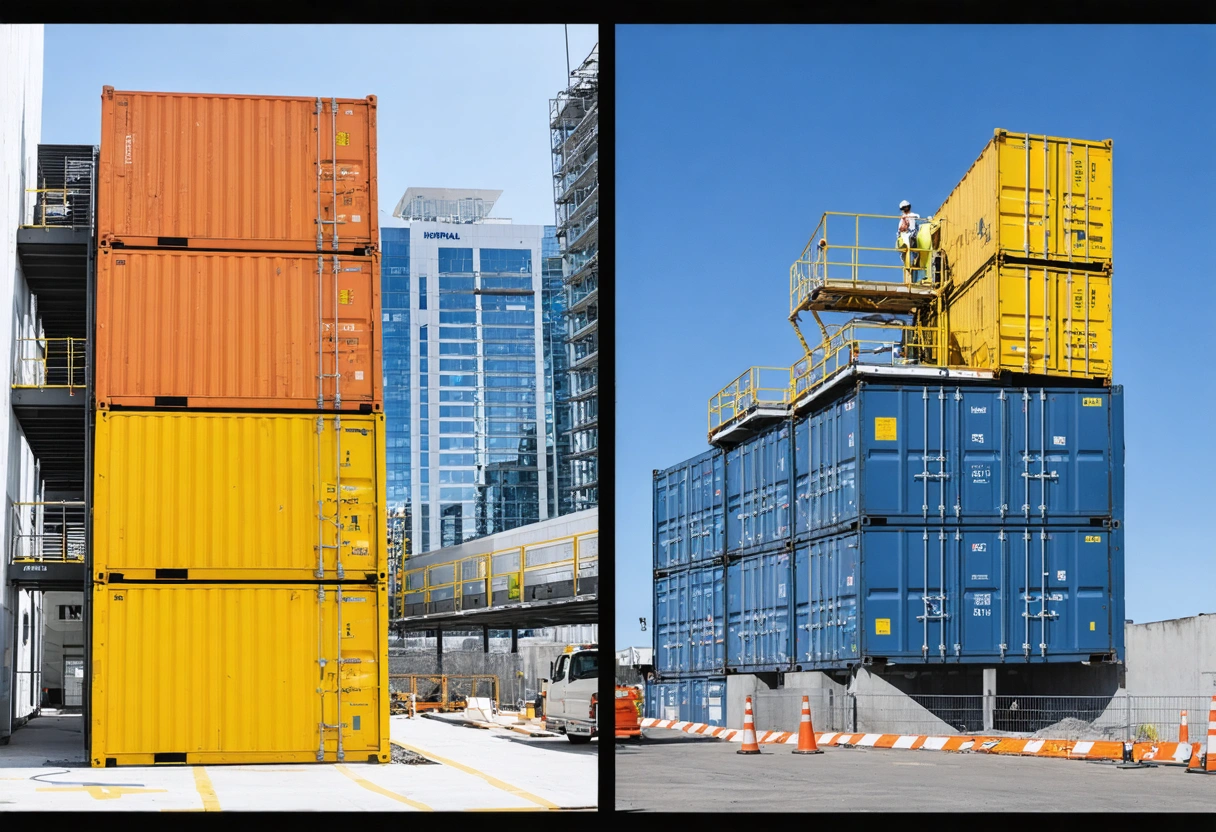
Case Studies: Real-world Examples of Sustainable Container Use
Across the globe, forward-thinking construction companies are leveraging on-site storage containers to advance their sustainability agendas. For instance, a major commercial project in London used modular containers to centralize all material deliveries, reducing vehicle movements by over 30 percent and cutting carbon emissions significantly. In another example, a hospital expansion in California utilized insulated containers to store sensitive medical equipment and building supplies, minimizing spoilage and waste while supporting strict environmental compliance.
These projects demonstrate that on-site storage containers are not just theoretical solutions but proven tools for achieving practical, measurable sustainability outcomes. By sharing lessons learned and best practices, the industry can accelerate the adoption of these strategies and maximize their environmental benefits.
Building a Greener Future with On-site Storage Containers
The transition to sustainable construction is a complex, multi-faceted journey that requires innovative thinking and practical solutions. On-site storage containers stand out as a versatile, impactful resource that addresses many of the industry’s environmental challenges. From minimizing material waste and reducing transportation emissions to supporting circularity and enhancing site safety, their benefits are extensive and well-documented.
By embracing on-site storage containers, builders and developers are taking a significant step toward creating greener, more responsible construction sites. These containers embody the principles of efficiency, conservation, and adaptability that define modern sustainability efforts. As the industry continues to evolve, their role will only become more vital in fostering a built environment that harmonizes with the planet.
For those committed to sustainable construction practices, integrating on-site storage containers into project planning is not just a practical choice; it is a meaningful investment in the future of our communities and the environment. Explore more about sustainable construction solutions through resources like the World Business Council for Sustainable Development’s Zero Emission Buildings initiative and stay informed about emerging best practices that are shaping a cleaner, greener world.
Need help with Building Sustainably: The Environmental Benefits of Using On-site Storage Containers on Construction Sites?


